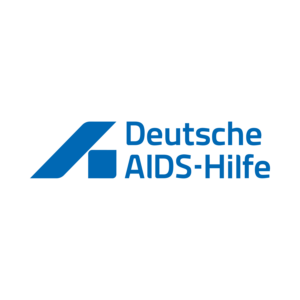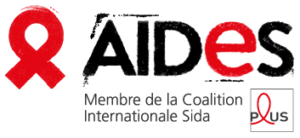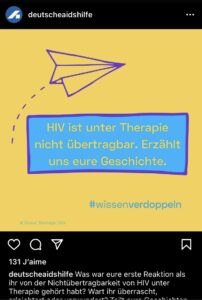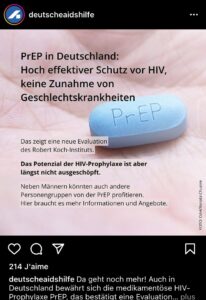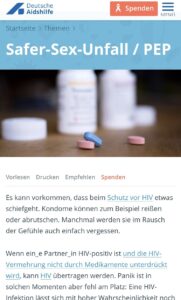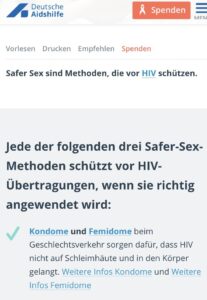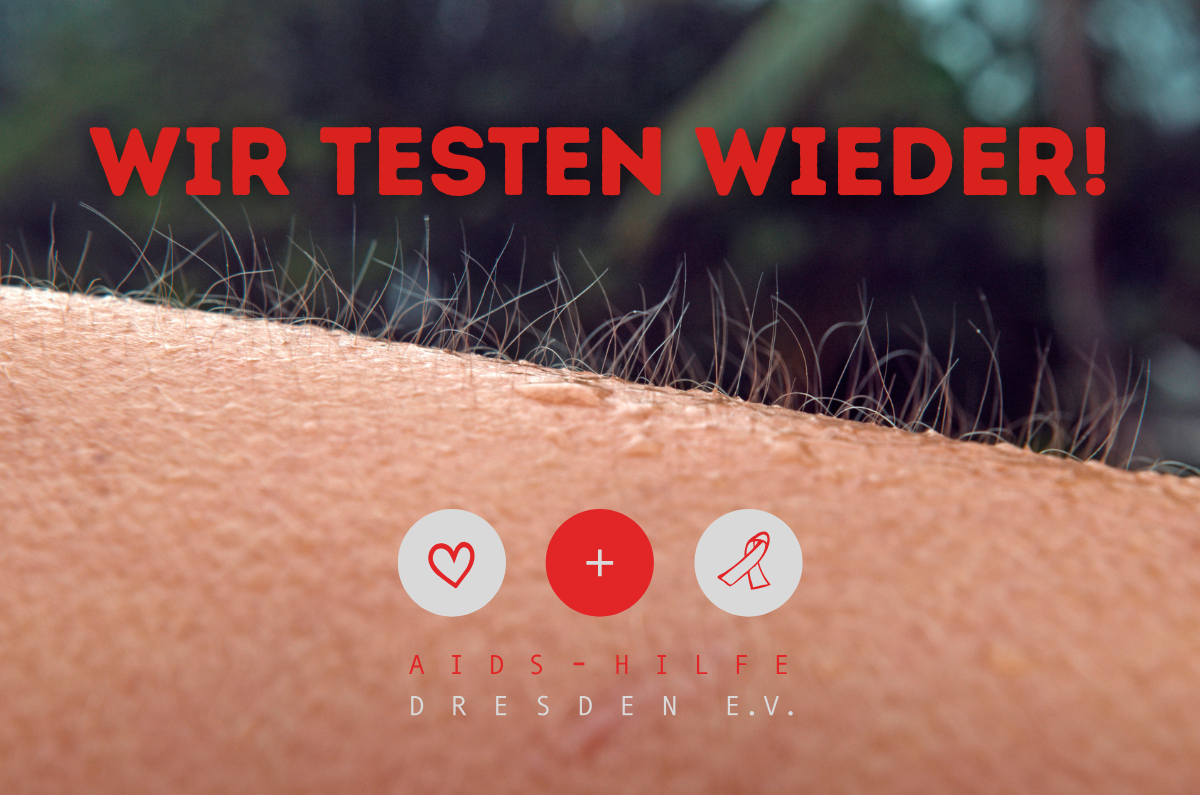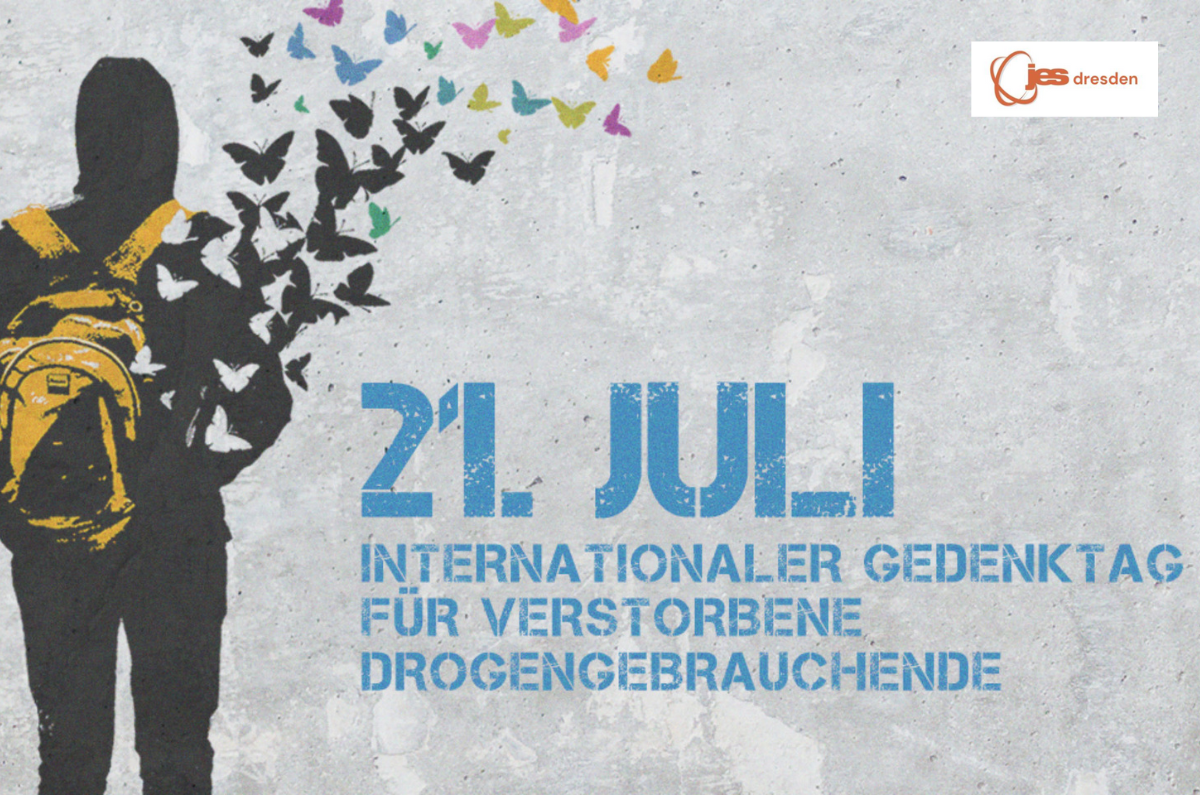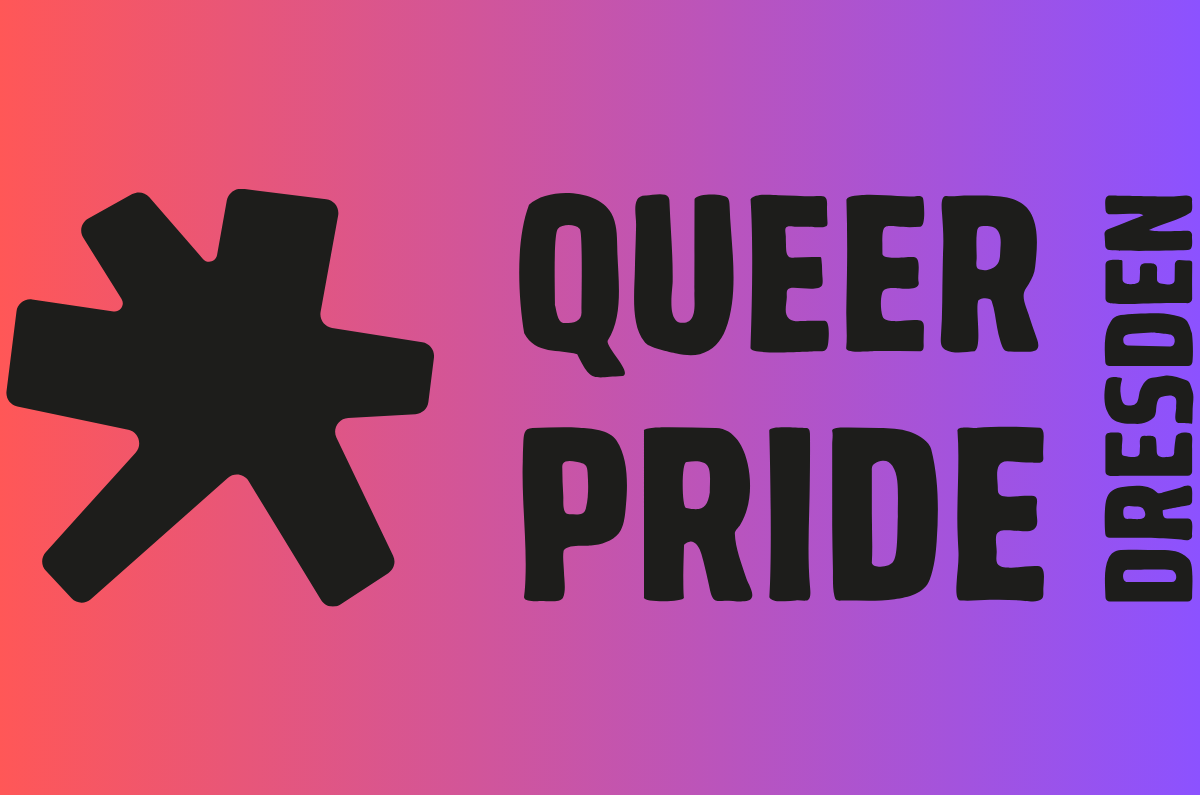How are Germany and France working on HIV and STI prevention in the media?
The aim of this work is to link current prevention of HIV and STI in Germany and France.
Why? I am currently an intern at AIDS-Hilfe Dresden e.V., as part of an ERASMUS+ exchange project between France and Germany. Prevention and social work are the path I decided to take.
I thank you for your attention and support.
For Germany I have chosen to talk about the NGO
Deutsche AIDS-Hilfe.
For France I have chosen to talk about the NGO
AIDES.
Both NGOs were founded in the 1980s, Deutsche AIDS-Hilfe in 1983 and AIDES in 1984.
The aim of these NGOs is to promote and carry out HIV and STI prevention as well as to establish follow-ups of positive people and accompaniment, while including each person as a whole, whatever their gender, their sexual orientation, their colour… Respect, professional secrecy, trust and support are the key words for these two associations with a common goal.
Topic 1:
Can HIV become non-transmissible with the use of treatments?

Above from their Instagram summary of posts dealing with the subject.
Well the answer is; YES. Thanks to antiretroviral treatment or triple therapy.
If you start treatment very soon after you discover your HIV status, you will be better off in the short and long term. This early initiation of treatment allows a life expectancy similar to that of the general population.
In 1996, researchers validated the effectiveness of triple therapy, but the long-term effects were still unknown.
20 years later, triple therapy has saved millions of people around the world and no one doubts its effectiveness in improving people’s health and stopping infection.
Topic 2:
Can HIV infection be prevented?
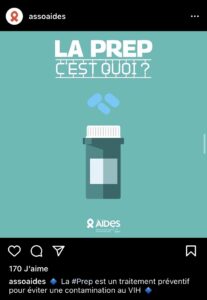
In these two posts from their respective Instagrams, we can see the theme of HIV prevention being discussed.
Well, the answer is; YES. Thanks to PREP.
PREP = pre-exposure prophylaxis.
Prophylaxis = to avoid an infection.
Pre-exposure = treatment must start before (and continue after) possible contact with HIV.
What is PREP? PREP is a treatment for HIV-negative people, aimed at preventing HIV infection. It reduces the risk of contracting HIV during sex by about 99% when taken as prescribed.
Topic 3:
Can we prevent possible HIV infection after a risky situation?

On these two excerpts from their respective websites you can see the subject matter.
The answer is; YES. Thanks to PEP or TPE.
You can take a post-exposure treatment (PEP) which can prevent you from becoming infected with HIV. If you break, slip, don’t use a condom, are injured or cut with a blood or semen soiled object, or share drug injection equipment.
PEP consists of taking triple therapy for one month to prevent possible contamination by immediately blocking HIV replication. It is all the more effective if this treatment is started very early: if possible within 4 hours of exposure to the risk, and preferably before 24 hours and at most within 48 hours.
Topic 4:
What place for the LGBTQ+ community in the fight against HIV and STIs?

Also from their separate Instagram these two images on the occasion of LGBTQ+ Anti-Discrimination Day.
The answer is; the LGBTQ+ community has an important place in the prevention as well as the fight against HIV.
The equation is simple: the more a person is excluded from society, the more their access to health and prevention is restricted.
LGBTQ+ people are disproportionately and significantly affected by HIV/AIDS. Globally, transgender women are 35 times more likely to be infected with HIV/AIDS. It is 25 times higher for men who have sex with men, while 70 countries penalise homosexuality and many others violently discriminate against it.
It is therefore very important to turn attention to these people who suffer from LGBTQ+phobia as well as to the social status of HIV-positive people, it is necessary to assert the common rights to access to health and respect.
These NGOs are both fighting for actions related to LBTQ+phobia discrimination, actions for the rights and support of people in the prevention of HIV and STIs as well as antiretroviral follow-ups and treatments.
Topic 5:
Do we have simple prevention tools to avoid HIV and STI infections?
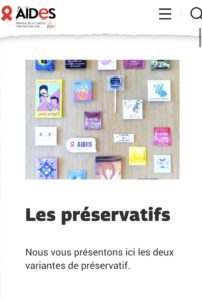
On these two excerpts from their respective websites you can see the subject matter.
The answer is; YES. Condoms.
Condoms are tools of prevention and contraception, they are made of latex or rubber and fit like a second skin on the penis or in the vagina. A simple tool, but badly positioned, wrong size or cracked the condom can lose its power of prevention and contraception.
It is therefore important to pay attention to the instructions for use for optimal effectiveness.
Topic 6:
Do we have actions to prevent HIV and STI infections for drug users

On these two excerpts from their respective websites you can see the subject matter.
The answer is; YES. Harm Reduction.
This pragmatic and public health approach consists of supporting people and finding solutions with them that are adapted to their practices and respectful of them in order to reduce the risks of contamination and/or transmission of HIV and hepatitis. Despite the positive effects of these prevention and support measures, legislation on these illegal practices hinders the implementation of risk reduction.
—-
Instagram page of Deutsche AIDS-Hilfe: @deutscheaidshilfe
Instagram page of Aides: @assoaides
Realised by Ambre Urlacher, June 2022.

